/446e46b3-e48c-441f-97cc-4e237e838efe.png)
Fishbone Diagram Template - Easily Create Fishbone/Ishikawa Diagrams | Demplates
Review Rating Score
A fishbone diagram, also known as an Ishikawa or cause and effect diagram, is a powerful tool used in problem-solving and quality control. It provides a visual representation of the potential causes of a problem, making it easier to identify the root cause and develop effective solutions. At BizzLibrary.com, we offer a comprehensive fishbone diagram template to help you organize your thoughts and analyze complex issues.
What is a Fishbone Diagram?
A fishbone diagram is a structured brainstorming tool that helps you identify and organize the various factors that contribute to a problem. It's called a fishbone diagram because its shape resembles a fish skeleton. The key benefits of using a fishbone diagram include:
- Identifying Root Causes: By breaking down the problem into smaller pieces and categories, you can identify the root causes that underlie the issue.
- Reducing Subjectivity: A fishbone diagram provides a visual representation of the problem, which reduces subjectivity and helps ensure that everyone is on the same page.
- Encouraging Collaboration: By involving a cross-functional team in creating a fishbone diagram, you can encourage collaboration and generate new insights and perspectives.
- Prioritizing Solutions: Once you have identified the root causes, you can use the fishbone diagram to prioritize potential solutions and develop an action plan.
Using the Fishbone Diagram Template
Our professionally designed fishbone diagram template, available in DOCX format, is a valuable resource for anyone looking to apply this powerful problem-solving technique. The template is easy to use, and you can customize it to suit your needs. Here are some tips for using the fishbone diagram template effectively:
- Choose the Right Problem: Make sure you're using the fishbone diagram for the right problem. It's best suited for complex issues that require a structured approach to problem-solving.
- Identify the Categories: Identify the main categories that contribute to the problem and use them as the main branches of the diagram. Common categories include people, process, technology, and environment.
- Brainstorm the Causes: Involve a cross-functional team and brainstorm all the possible causes of the problem. It's helpful to use post-it notes or a whiteboard to capture ideas.
- Categorize the Causes: Organize the causes into the appropriate categories and attach them to the corresponding branches of the fishbone diagram.
- Identify the Root Cause: Analyze the causes and identify the root cause of the problem. This will help you develop effective solutions.
Download Your Fishbone Diagram Template Now!
At BizzLibrary.com, we offer a range of business document templates, including our comprehensive fishbone diagram template. Download the DOCX file now and start tackling complex problems with ease. Our templates are easy to use, customizable, and designed to help you streamline your business processes and achieve your goals. Check out our other templates for sales agreements, legal contracts, and more.
Is the template content above helpful?
Thanks for letting us know!
Reviews
Karon Franklin(7/8/2023) - USA
I am not a designer so very glad to find this file
Author. Content was provided by:
Elizabeth Davis
Elizabeth is from the sunny desert city of Phoenix, Arizona. She is thrilled to connect with professionals and like-minded individuals who share a passion for social technologies, content creation, and the exciting possibilities that AI brings to the world of social media. Her hobbies are hiking, climbing, and horse riding. Elizabeth has a master's degree in Social Technologies that she received at the ASU (Arizona State University). As a freelancer, she mostly contributes content related to IT. This includes articles on templates and forms provided by our community.
Follow Elizabeth
Last modified
Our Latest Blog
- A Guide to Make a Business Plan That Really Works
- The Importance of Vehicle Inspections in Rent-to-Own Car Agreements
- Setting Up Your E-mail Marketing for Your Business: The Blueprint to Skyrocketing Engagement and Sales
- The Power of Document Templates: Enhancing Efficiency and Streamlining Workflows
Template Tags
Need help?
We are standing by to assist you. Please keep in mind we are not licensed attorneys and cannot address any legal related questions.
-
Chat
Online - Email
Send a message
You May Also Like
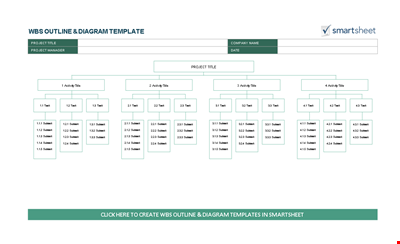
Work Breakdown Structure Template - Project Outline & Diagram
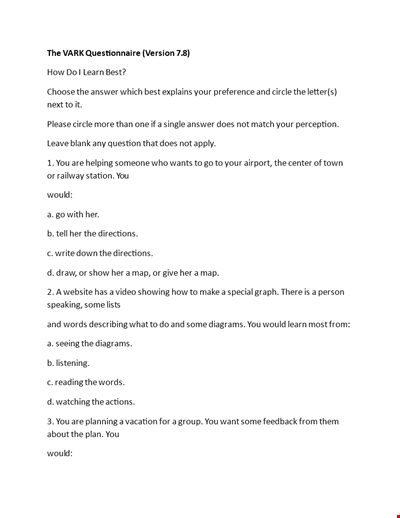
Create Effective Questionnaires - Learn with Diagrams | Category: Templates
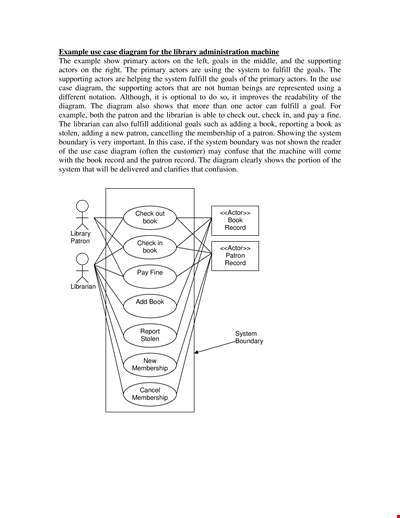
Effective Use Case Template for System: Organize Actions and Actors with Diagram
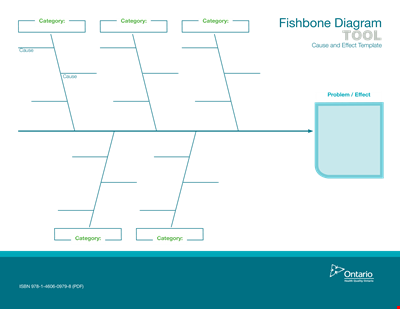
Fishbone Diagram Template - Organize Categories, Causes, and Effects
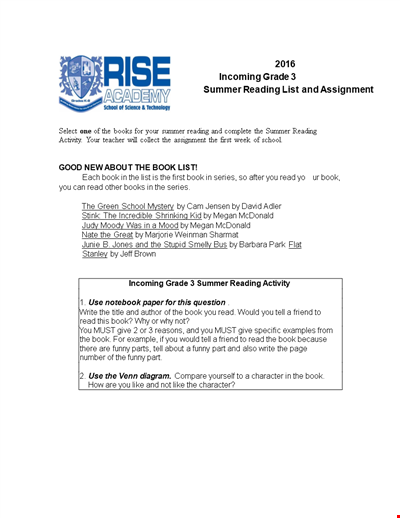
Funny Venn Diagram Example for Reading and Summer
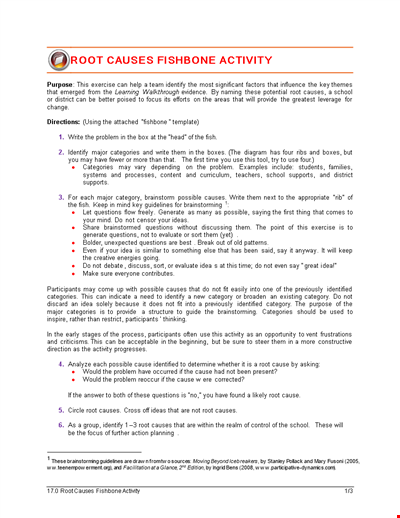
Download our Fishbone Diagram Template for Effective Categorization of Causes
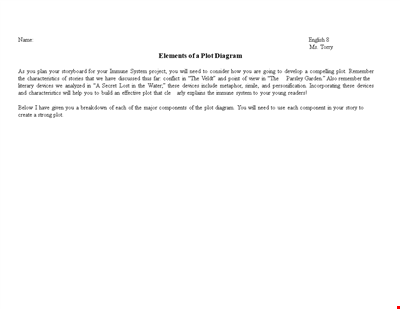
Create Compelling and Effective Plots with Our Plot Diagram Template - Devices and Immune included
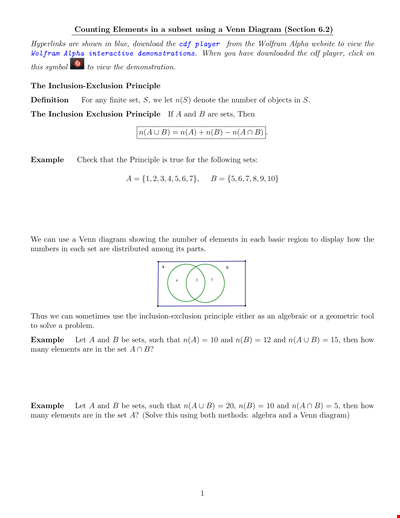
Subset Venn Diagram Example

Funny Venn Diagram Example
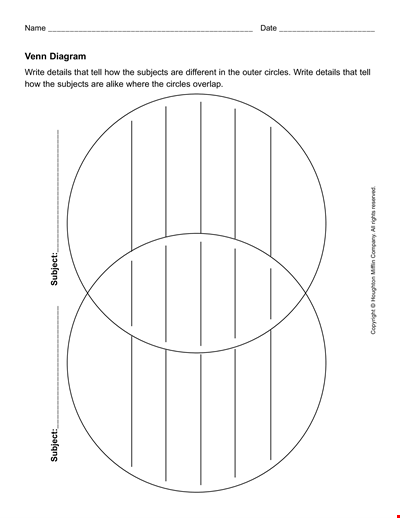
Use Case Venn Diagram Example
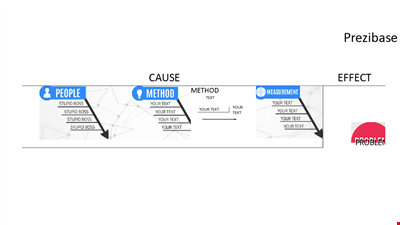
Cause and Effect Diagrams | Fishbone Diagram Template
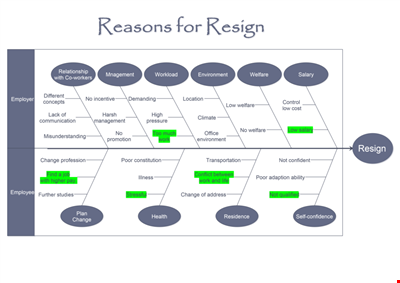
Fishbone Diagram Template for Effective Problem-Solving
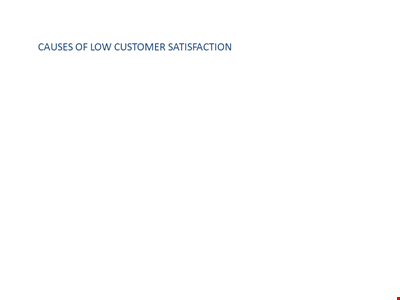
Fishbone Diagram Template for Customer Satisfaction
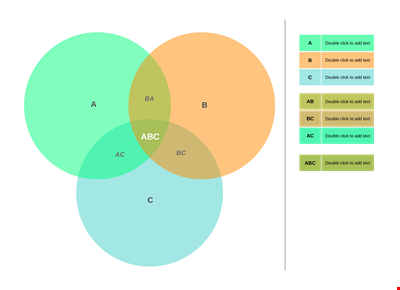
Create Custom Venn Diagrams | Easily Design and Save
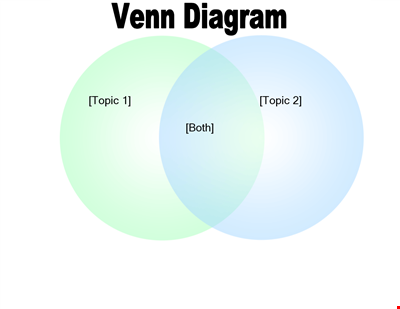
Professional Venn Diagrams with our Customizable Template
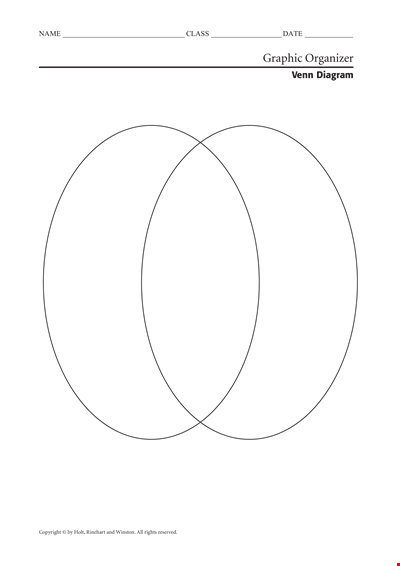
Organized Visual Displays with Our Venn Diagram Template